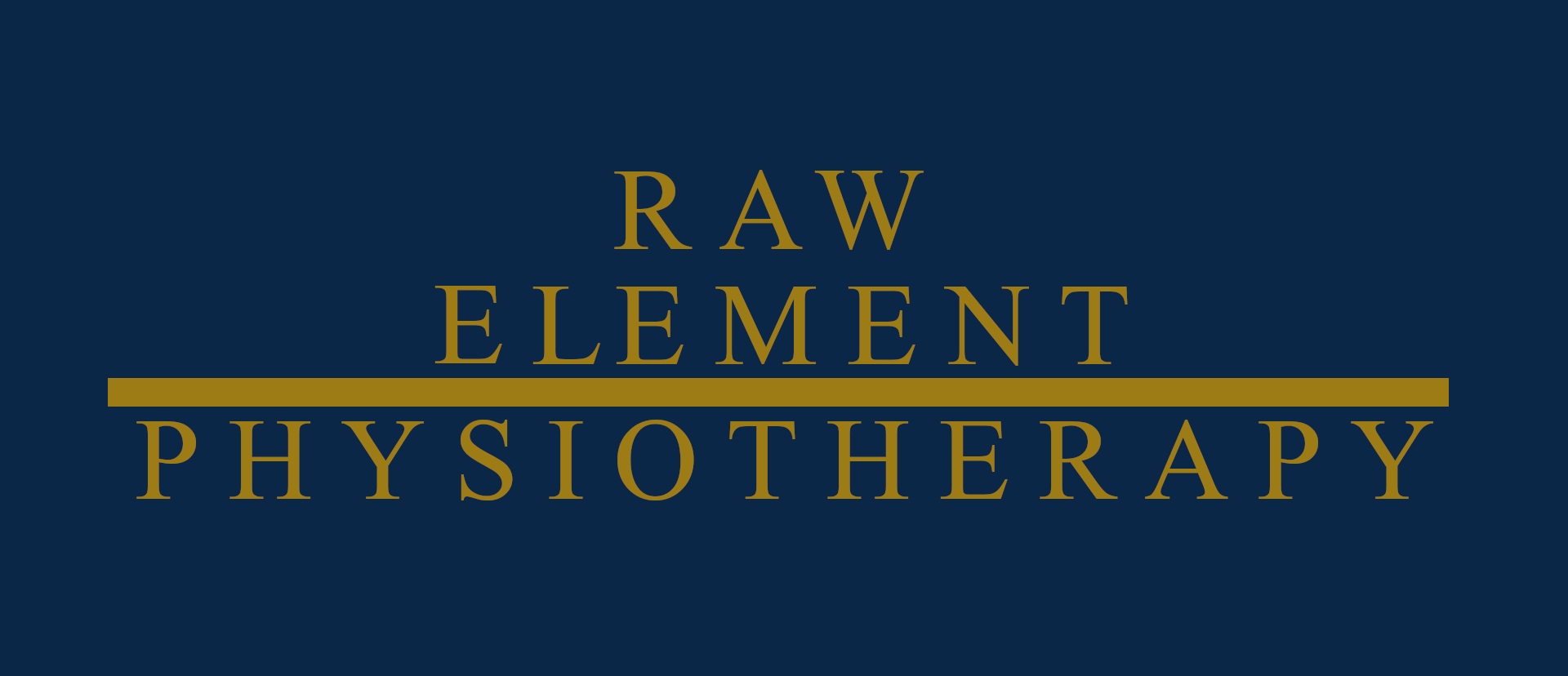Shoulder Dislocations
Time to get the low down on Shoulder Dislocations
A Dislocated Shoulder is where the humeral head translates outside of the glenoid fossa (socket). True anatomical instability or dislocations secondary to a significant trauma, are well recognised and can occur anteriorly (MOST COMMON), inferiorly, posteriorly or can be multidirectional.
Dancers , Gymnasts and Circus Artists can be predisposed to this injury due to the extreme ranges of motion that their shoulders endure, increased rates of hyper-mobility and unpredictable external loads produced during Pas De Deux, Acro or Duo Aerials.
Here are an additional FIVE Factors that may determine the occurrence of a shoulder dislocation:
1) Age: The younger the individual the higher the recurrence. Less than 20 years old 94% and 40+ yo, its a 14% chance. The older population are more likely to have other defects occurring such as a rotator cuff tear / fracture or stiffness etc.
2) Trauma: Less trauma > higher risk of recurrence, meaning that less force was required to dislocate, meaning hyper-mobility may be a factor and thus, they tend to re-dislocate frequently.
3) Athletic Level: Greater athletic activity is associated with a greater risk compared to sedentary activity levels.
4) Pathological Changes: An isolated capsular tear is more stable compared to an individual with labral damage. An avulsion to the labrum = Gross INSTABILITY.
5) Underlying range of motion (Hyper-Mobility): The more range that is available, the more susceptible a shoulder is to dislocating/ subluxing.
After ANY SUBLUXATION / DISLOCATION seeking a medical review with a physio is highly recommended. Rehabilitation should aim to restore proper postural alignment, scapulo-humeral rhythm, the balance of muscle flexibility versus strength and sport specific integration.
DANCERS DON’T Just avoid certain movements!
AERIALISTS DON’T Just accept that your shoulder dislocates when turning in bed!
GYMNASTS DON’T Just accept pain and discomfort during daily functional activities!
Seek out a review today with one of our experienced clinicians and regain the confidence back in your shoulder’s integrity.
Written By: Stephanie Zamoyski

